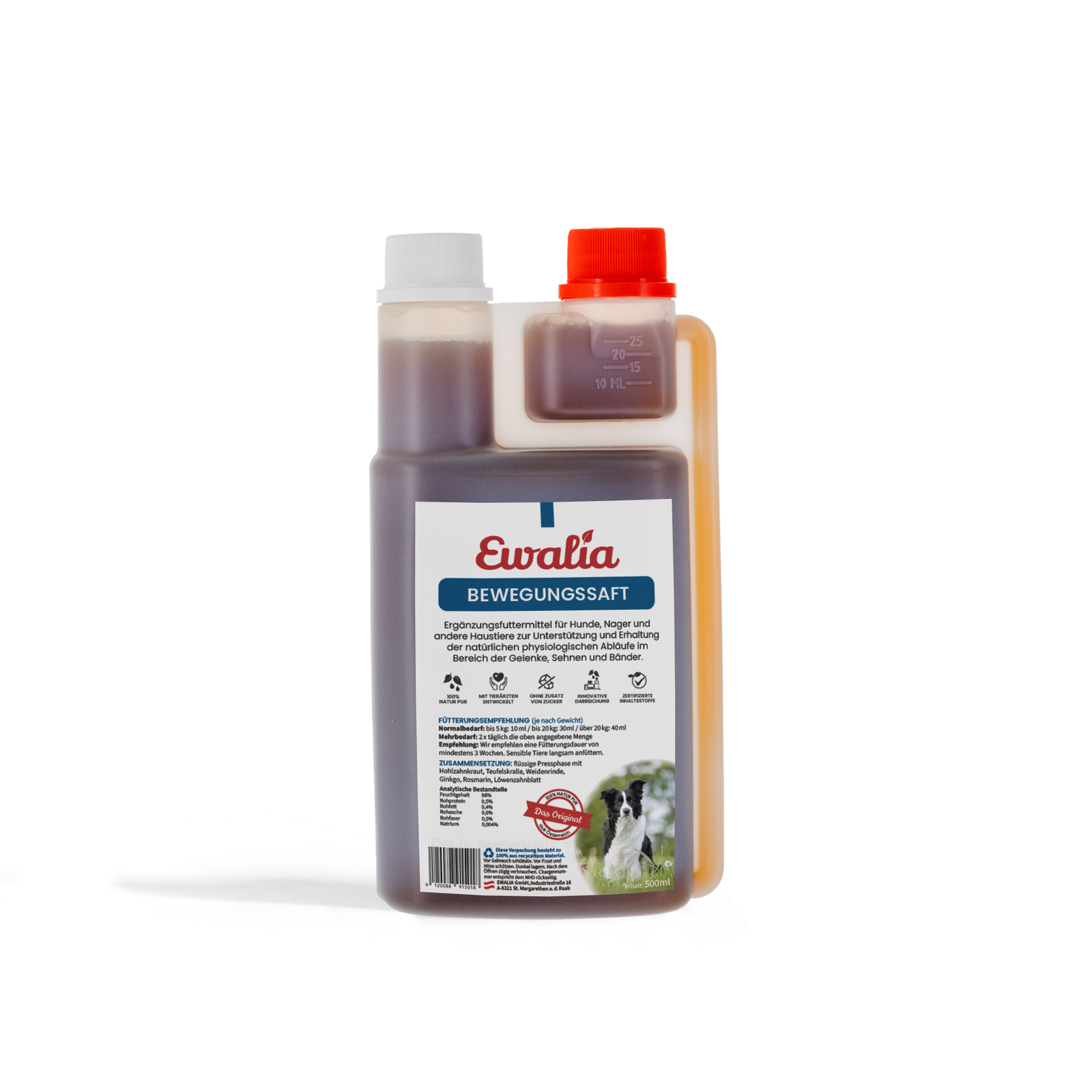Willow bark

Willow bark is one of the oldest medicines on earth. For horses, it is a natural alternative to painkillers and anti-rheumatic drugs. Horses tolerate willow bark quite well and it can be used to support the musculoskeletal system in horses with painful diseases.
How is willow bark obtained?
The willow bark used in phytotherapy primarily comes from the purple willow, white willow, European violet willow or crack willow . Whole young branches are also used along with the bark, providing they meet the requirements regarding the efficacy of the ingredients. Willow bark used in phytotherapy is stripped from two- and three-year-old branches in the spring, then dried and processed into powder, dry extracts, and tinctures. Horse owners with willow shrubs or trees in the paddock may have observed how some horses like to nibble at the bark and eat the young shoots in the spring.
Where do willows grow?
There are about 35 willow species native to Central Europe. Because they prefer locations near water, send out deep roots and reproduce easily, they are often planted on riverbanks to prevent soil erosion. They grow as shrubs or trees that can reach 6 to 10 metres in height. Willows flower in catkins (ergo the name "pussy willow") before their leaves emerge, providing bees with food in early spring. Willow bark is smooth and shiny, with colouring ranging from green to brownish grey, depending on age.
What are willow bark's active substances?
Healers in antiquity knew of willow bark's efficacy in treating pain and fever. In 1828, the Munich pharmacologist Johann Andreas Buchner succeeded in isolating from willow bark a small quantity of its active substance in the form of long, yellow, bitter-tasting crystals. He called this substance salicin, after the willow's Latin name. This active ingredient, which is converted to salicylic acid in the body, was subsequently used to treat fever and joint diseases. A few years later, salicylic acid was successfully produced from salicin. In 1897, the chemist Felix Hoffmann used it to make pure acetylsalicylic acid, the active substance in aspirin.
The dry substance of today's medicinal willow bark must contain a total of 1.5% salicin. Willow bark also contains flavonoids and chalcones – the latter are effective against inflammations, bacteria, and fungi and also have antioxidant properties. Other ingredients include flavan compounds, which are effective against germs, and condensed tannins.
What can willow bark do for horses?
The anti-inflammatory, analgesic and anti-rheumatic benefits of salicin in willow are based on an inhibition of the formation of prostaglandins, aka tissue hormones. These hormones are partly responsible for fevers and transmitting pain during inflammation processes.
In horses, the salicin in willow bark is first made bioavailable by the gut flora in the lower part of the intestine, where it is converted into therapeutically effective salicylic acid. Willow bark should be administered over longer periods for full effect. Willow bark preparations are especially suitable for treating chronic pain in horses, for example those suffering from joint diseases.
New studies have shown that the level of salicylates (a degradation product of salicin) found in the blood after ingesting willow bark extract is too low to fully explain its pain-relieving effects. This means that salicin compounds are not solely responsible for willow bark's efficacy, but that a combination of substances contributes to pain relief.
Is salicin a herbal aspirin?
Due to their chemical similarity, one could assume that willow bark's efficacy is the same as that of aspirin. Unlike aspirin, however, willow bark has no blood-thinning effects and is not detrimental to the stomach lining. It can therefore also be given to dogs who experience severe side effects from aspirin, such as gastrointestinal bleeding from gastric mucosal damage.
What can willow bark be used to treat in horses?
- Pain
- Fevers
- Joint diseases
- Mobility problems in older horses
Willow bark's pain-relieving properties are particularly beneficial in the therapeutic treatment of osteoarthritis, bone spavin and podotrochlosis. The combination of willow bark with the anti-inflammatory and analgesic effects of devil's claw and downy hemp-nettle can help to improve the lives of horses with musculoskeletal diseases.
Adverse effects
Prolonged uninterrupted use of willow bark may lead to increased gastric secretion due to the tannins it contains.
Caution: Willow bark should not be given to horses with hypersensitivity to salicylates, as allergic reactions may occur!
According to FEI regulations, willow bark should be discontinued well in advance before competition.
Sources and further reading
- Brendieck-Worm, C., & Melzig, M. F. (2018). Phytotherapie in der Tiermedizin. Stuttgart: Georg Thieme Verlag KG.
- Wagner, I., Biegert, C., & Heide, L. (24. März 2003). Pharmazeutische Zeitung. Von https://www.pharmazeutische-zeitung.de/inhalt-13-2003/titel-13-2003/ abgerufen















